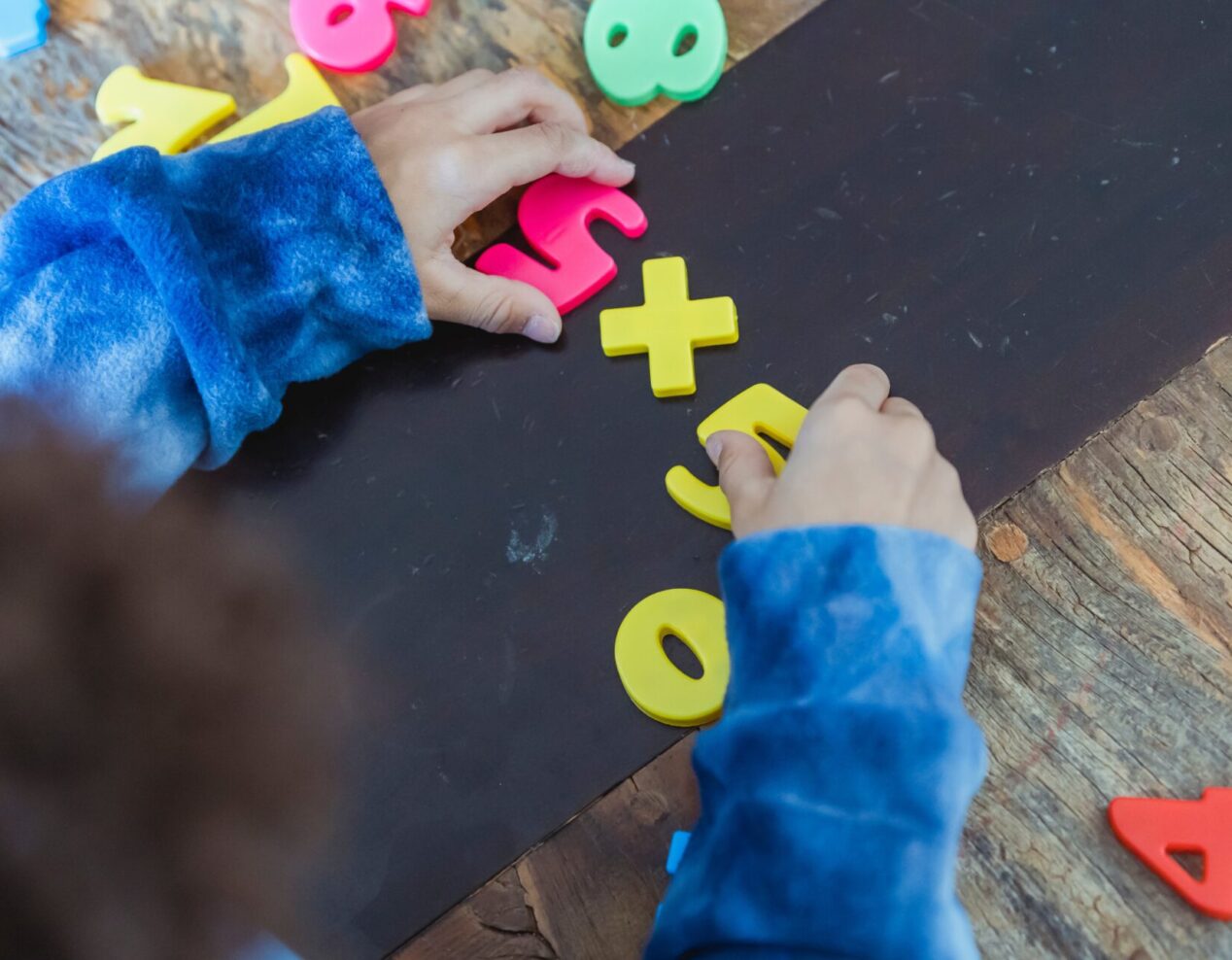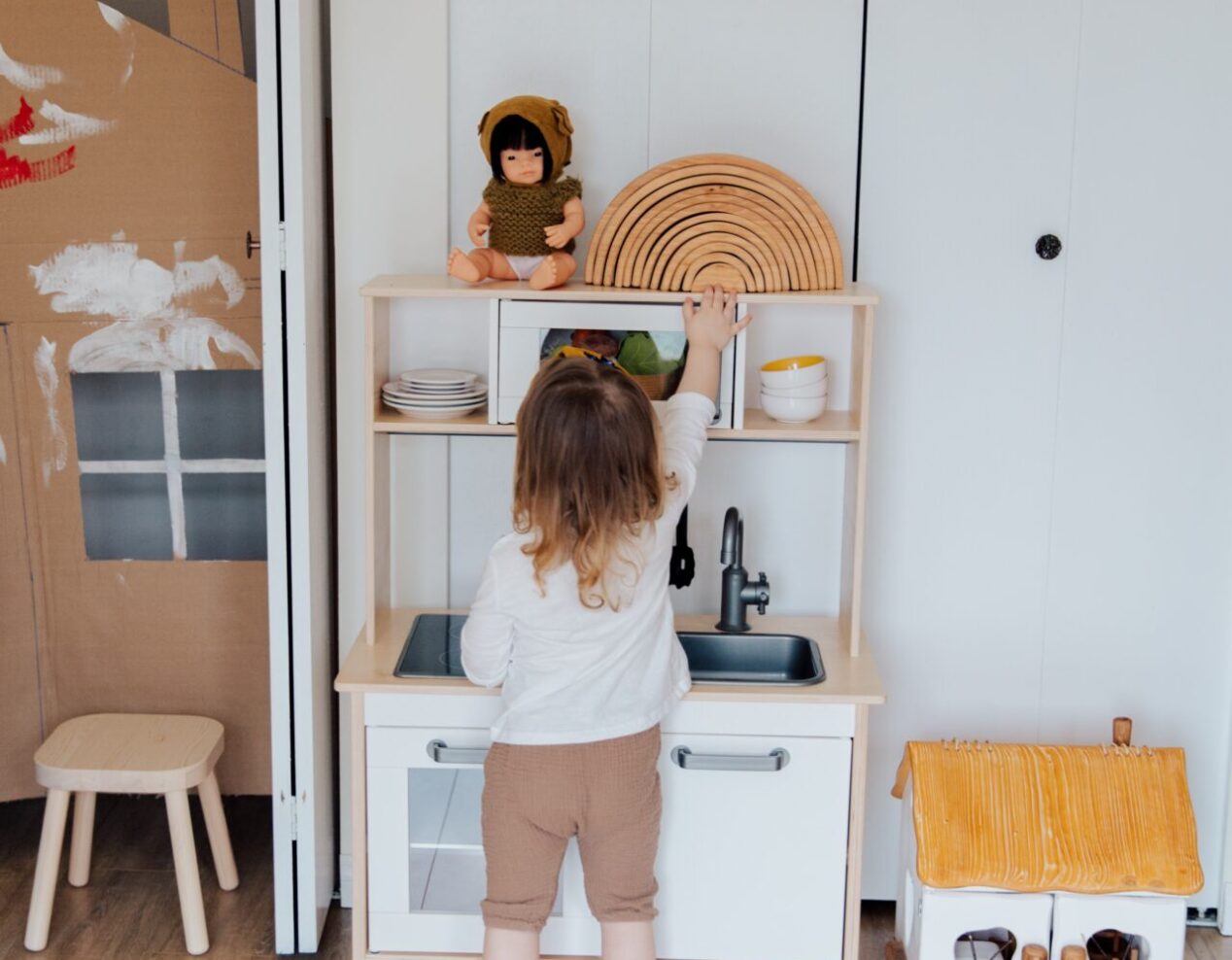Unlocking Mathematical Minds: Nurturing Your Toddler’s Early Number Sense

Here are practical suggestions for fostering mathematical awareness in your toddler:
- Counting every day: Make counting a daily habit to acquaint your toddler with number words associated with quantities. For instance, while offering them five crackers, say, “One, two, three, four, five little crackers.” Count the clementines you buy at the store or the buttons on your shirt. Count everything together!
Experts in early maths emphasize using number words in sequence. Instead of simply stating, “Eight clementines are going into the bag,” say, “One, two, three, four, five, six, seven, eight clementines.” To make learning more meaningful, engage your child physically by letting them place each clementine into the bag or touch objects as you count.
Around the age of two, your toddler may begin their own version of “counting” by reciting number words and pointing to objects in an attempt to mimic you.
- Comparison games—quantity, size, and shape: Explore concepts of quantity, size, and shape with your toddler using words like more, less, equal, and same. Introduce the notions of none and zero. For example, you can say, “You have more water than I do. My water is almost gone. Look what happens when I drink it: now my cup is empty. I don’t have any water now.”
Encourage comparing the size of objects, such as a big spoon and a little spoon or using nesting cups of different sizes that allow for easy comparison.
Don’t forget to notice and discuss shapes, pointing out their characteristics. Show your toddler a round ball and liken it to an orange, or present beanbags of different shapes like a circle and a triangle.
- Noticing patterns: Patterns are the building blocks of mathematics. Point out patterns in everyday life to your child. If they’re wearing a striped shirt, help them recognize the pattern—blue, red, blue, red. Create patterns together by arranging different snacks in a line—blueberry, raspberry, blueberry, raspberry.
- Embrace the magic of music: Music is a mathematical wonderland, with its beats, rhythms, and even syllables in lyrics. Encourage your toddler to dance to the music or simply move their body, helping them identify order and patterns. Clapping patterns can be a delightful activity—start with one clap to teach them the copy-the-clap game, then progress to a sequence of claps to create a beat. See if your toddler can mimic the patterns.
Remember, at this stage, mathematics revolves around patterns, sequences, routines, observations, and comparisons—these lay the foundation for number sense. Precise counting and a deeper understanding of numbers will naturally develop as your child progresses.
By embracing these simple strategies, you can unlock the mathematical potential already residing in your toddler’s growing mind.



